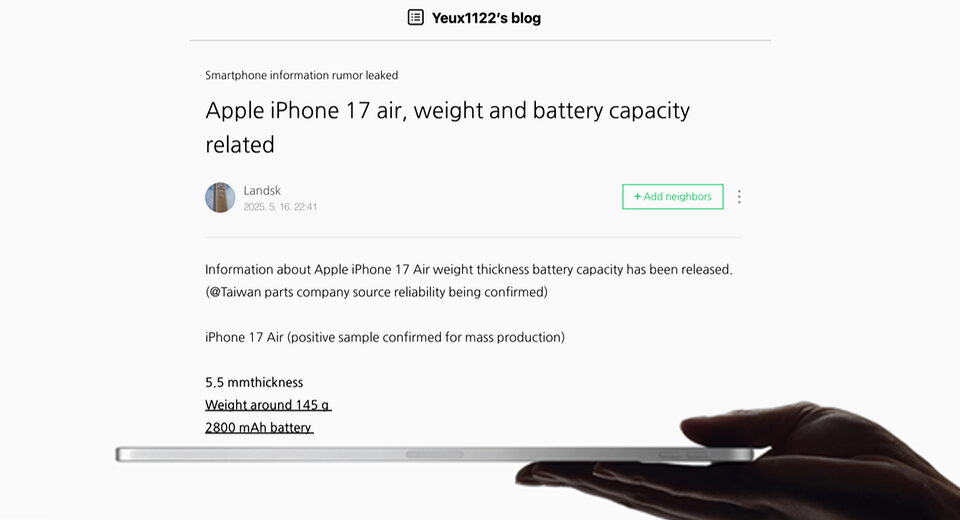Show HN: Confidential computing for high-assurance RISC-V embedded systems
Assured Confidential Execution (ACE) for RISC-V
ACE-RISCV is an open-source project, whose goal is to deliver a confidential computing framework with a formally proven security monitor. It is based on the canonical architecture and targets RISC-V with the goal of being portable to other architectures. The formal verification efforts focus on the security monitor implementation. We invite collaborators to work with us to push the boundaries of provable confidential computing technology.
Formal verification: This project implements the RISC-V CoVE spec's deployment model 3 referenced in Appendix D. The formal specification is embedded in the security monitor's source code and the proofs are in the verification/ folder. Please read our paper1 and paper2 to learn about the approach and goals.
Post-Quantum Cryptography (PQC) and Attestation: ACE supports local attestation, a mechanism to authenticate confidential VMs intended for embedded systems with limited or no network connectivity. We already support PQC, specifically we use ML-KEM, SHA-384, and AES-GCM-256 cryptography.
Hardware requirements
We are currently building on RISC-V 64-bit with integer (I), atomic (A) and hypervisor extentions (H), physical memory protection (PMP), memory management unit (MMU), IOPMP, core-local interrupt controller (CLINT), and supervisor timecmp extension (Sstc).
RISC-V hardware to run ACE:
- SiFive P550 evaluation board, see instructions.
Quick Start
Follow instructions to run one of the sample confidential workloads under an untrusted Linux KVM hypervisor in an emulated RISC-V environment.
Requirements
Full compilation of the framework takes a long time because many tools are built from sources. Our toolchain currently includes: hypervisor kernel (Linux kernel), confidential guest kernel (Linux kernel) and firmware (security monitor with OpenSBI firmware). Make sure to build this project on a machine with at least 4 cores, 4GB RAM, and 50GB disk space for reasonable (~30min) build time.
Dependencies
You must install build dependencies specific to the operating system you use AND install the Rust toolchain. You can also look at the reproducible build configuration of the continous integration (CI) system.
Dependencies for Ubuntu 22.04
sudo apt update
# riscv-gnu-toolchain dependencies:
sudo apt -qq -y install autoconf automake autotools-dev curl python3 libmpc-dev libmpfr-dev libgmp-dev gawk build-essential bison flex texinfo gperf libtool patchutils bc zlib1g-dev libexpat-dev xz-utils
# OpenSBI
sudo apt -qq -y install clang
# Qemu 8.2
sudo apt -qq -y install git libglib2.0-dev libfdt-dev libpixman-1-dev zlib1g-dev ninja-build python3-venv libslirp-dev
# Buildroot
sudo apt -qq -y install unzip sed binutils diffutils build-essential bash patch gzip bzip2 perl tar cpio unzip rsync file bc findutils
# utilities
sudo apt install -y sshpass
Install the latest Rust:
curl --proto '=https' --tlsv1.2 -sSf https://sh.rustup.rs | sh -s -- -y
source "$HOME/.cargo/env"
rustup default nightly
rustup target add riscv64gc-unknown-none-elf
rustup component add rustfmt
cargo install cargo-binutils
# check that the below lines are in the ~/.bashrc
. "$HOME/.cargo/env"
Sources
Checkout this repository with submodules:
git clone --recurse-submodules [email protected]:IBM/ACE-RISCV.git
Compilation
Prerequisites
Run the following commands from the directory containing this README file.
Make sure once again that all submodules are fetched:
git submodule update --init --recursive
Set up the ACE_DIR variable to point to the location where the project will build. Default is the build/ subdirectory of the location where you will execute the make command.
export ACE_DIR=/your/path/to/build/ace
Build everything
The following command will build the entire framework. Set -j flag to the number of processor cores you have in the system. Below command assumes that you have 4 cores.
MAKEFLAGS="--silent -j4" make
Build individual components
Alternativly, you can build individual components to avoid long builds that can lead to 'ssh disconnections', 'hangups', and similar issues.
Install all develoment tools required to compile code for the RISC-V architecture:
make devtools
Build the host OS -- a Linux KVM hypervisor:
make hypervisor
Build the low level firmware responsible for the boot process. This command will also build the security monitor (SM):
make firmware
Build sample confidential workloads:
make confidential_vms
Build the RISC-V emulator and utility tools that simplify running the test environment:
make emulator
Run and Test
Make sure you have the ACE_DIR environmental variable set and it points to the location of your build. Check the 'Compilation' section in case this variable is not set.
echo $ACE_DIR
To run the test environment on a RISC-V emulator run:
${ACE_DIR}/tools/ace run
You should see the output from the boot process and a promt to login to the hypervisor:
# login: root, password: passwd
To run the sample Linux OS as a confidential VM (login: root, password: passwd) execute:
./run_linux_vm_qemu.sh
You should see the output indicating that local attestation suceeded:
#ACE: Reference PCR4=Sha512=0x86774eec200ca6552cbc50211e4b32e7a4ba815c190d56b11ffabc8df1ebb6d9c41d04a64099d860b90c65729a28ded8
#ACE: Attestation succeeded, read 1 secret
You can login now to the confidential VM:
# login: root, password: passwd
You can read the secret from the inside of the confidential VM:
# if the root file system has not been mounted, then execute below:
mount /dev/vda /root
cd /root/root/ace_module
insmod ace.ko
You should see the secret:
[ 203.051959] Requesting secret from the security monitor
[ 203.107150] Secret=0xc0ffee
Integrating local attestation with dm-crypt/LUKS is work in progress. When finished, you will be able to encrypt your rootfs and pass the decryption key via TAP. A script in initrd will then retrieve the decryption key from TAP and decrypt the rootfs.
License
This repository is distributed under the terms of the Apache 2.0 License, see LICENSE.
This is an active research project, without warranties of any kind.
Citation
Our newest full paper on ACE:
@misc{ozga2025ace,
author = {Ozga, Wojciech and Hunt, Guerney D. H. and Le, Michael V. and Gaeher Lennard and Shinnar, Avraham and Palmer, Elaine R. and Jamjoom, Hani and Dragone, Silvio},
title = {ACE: Confidential Computing for Embedded RISC-V Systems},
year = 2025,
howpublished = {\url{https://arxiv.org/pdf/2505.12995}}
}
Our workshop paper on ACE:
@inproceedings{ozga2023riscvtee,
title={Towards a Formally Verified Security Monitor for VM-based Confidential Computing},
author={Ozga, Wojciech and Hunt, Guerney D. H. and Le, Michael V. and Palmer, Elaine R. and Shinnar, Avraham},
booktitle = {Proceedings of the 12th International Workshop on Hardware and Architectural Support for Security and Privacy},
series = {HASP2023},
year={2023}
}
Our paper on context switch validation:
@misc{kalani2025sailor,
author = {Kalani, Neelu and Bourgeat, Thomas and Hunt, Guerney D.H. and Ozga, Wojciech},
title = {Save what must be saved: Secure context switching with Sailor},
year = 2025,
howpublished = {\url{https://arxiv.org/pdf/2502.06609}}
}
What's Your Reaction?
 Like
0
Like
0
 Dislike
0
Dislike
0
 Love
0
Love
0
 Funny
0
Funny
0
 Angry
0
Angry
0
 Sad
0
Sad
0
 Wow
0
Wow
0








































